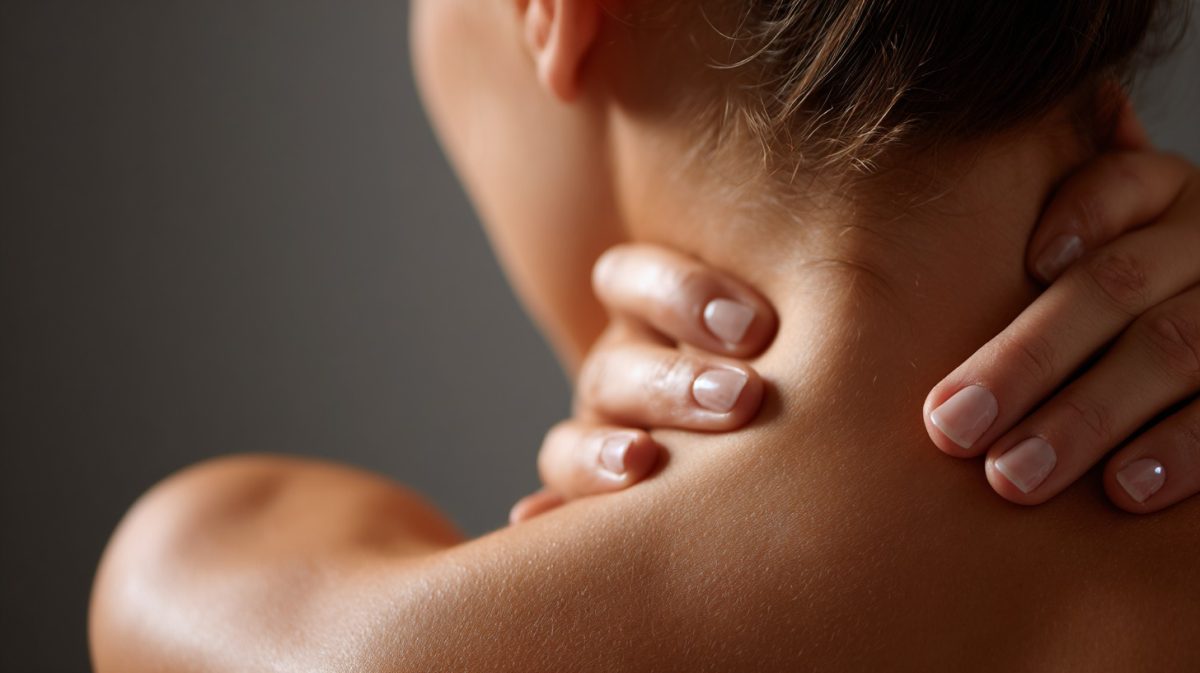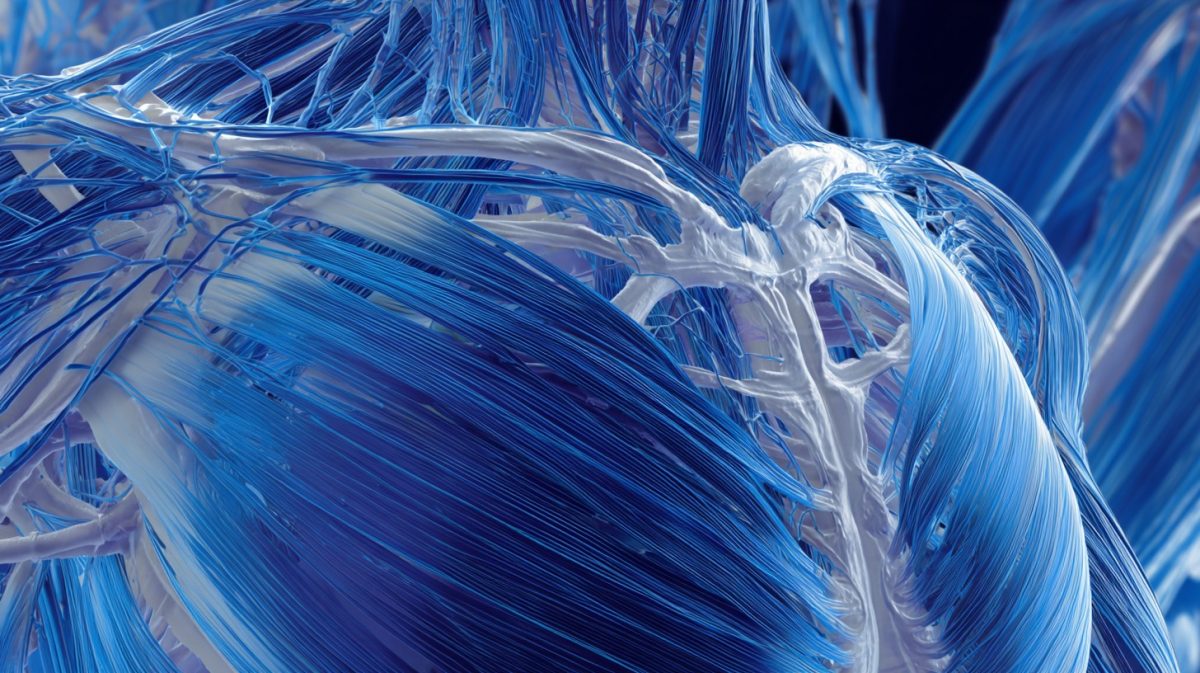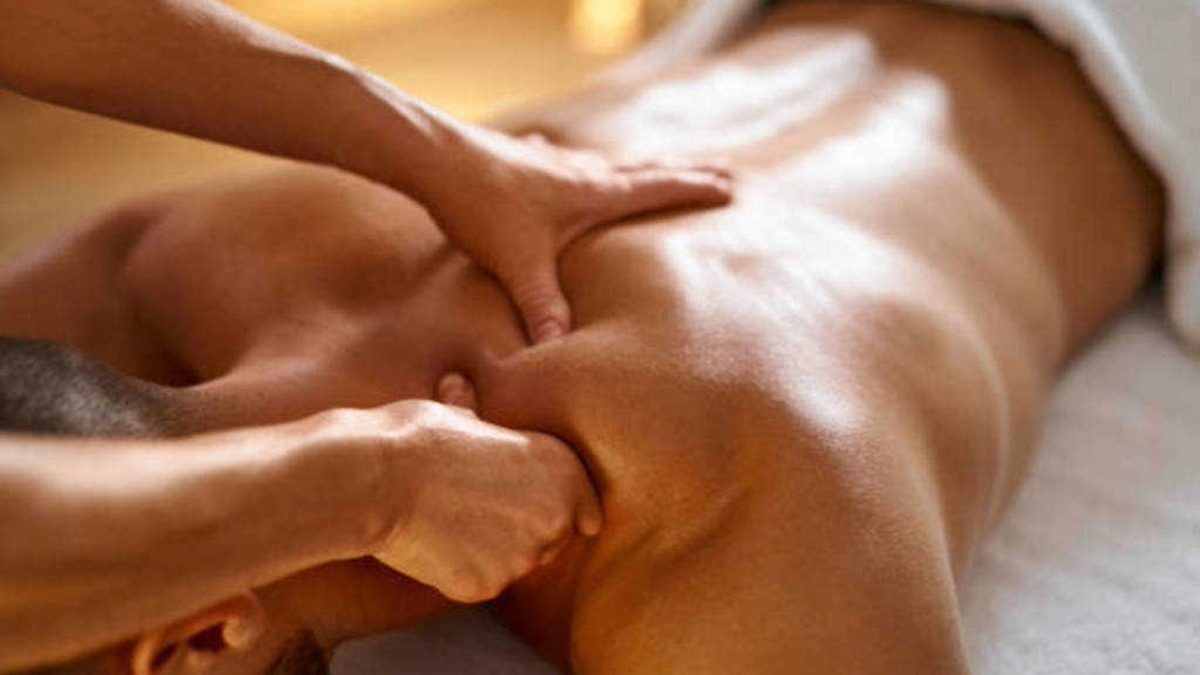You just had an amazing massage. You felt relaxed, your tension melted away, and you floated out of the session feeling like a new person. Then you wake up the next morning and your muscles feel... sore? Maybe even a bit bruised?
Don't panic. You're not injured, and your massage therapist didn't do anything wrong. In fact, that soreness is often a sign that your body is doing exactly what it should be doing—healing.
Let me explain what's really happening.
What Causes Post-Massage Soreness?
When I work on your muscles, especially with deep tissue or trigger point techniques, I'm creating intentional microtrauma to tight, restricted tissue. Think of it like a therapeutic workout for your muscles. Just like you might feel sore after a good gym session, your muscles can feel tender after deep therapeutic work.
During massage, several things happen at a cellular level. Metabolic waste products that have been trapped in tight muscle tissue get released into your bloodstream. Your fascia—the connective tissue wrapping around your muscles—stretches and reorganizes. Blood flow increases dramatically to areas that may have been restricted for months or years. And if we worked on trigger points or muscle adhesions, those tissues are now in an active state of repair.
All of this is good. It means change is happening.
The Inflammation Response
Here's where it gets interesting. Deep massage triggers a mild inflammatory response, which is actually your body's healing mechanism kicking into gear. When tissues are manipulated, your body sends fresh blood, oxygen, and nutrients to the area. White blood cells arrive to clean up cellular debris. This process can create temporary soreness, similar to the feeling after a solid workout.
The key word here is temporary. Post-massage soreness typically peaks within 24-36 hours and resolves within 48-72 hours. If you're still very sore after three days, that's worth mentioning at your next session so we can adjust pressure levels.
DOMS: Delayed Onset Muscle Soreness
You might have heard of DOMS in relation to exercise. The same principle applies to massage. Delayed onset muscle soreness occurs when muscle fibers experience microscopic damage and then repair themselves, becoming stronger and more flexible in the process. With massage, we're breaking up adhesions, releasing fascial restrictions, and restoring proper muscle fiber alignment—all of which can trigger this same healing response.
Detox or Not?
You'll often hear that soreness means your body is "detoxing" after massage. While it's true that massage moves lymphatic fluid and releases metabolic waste, the current scientific understanding is more nuanced. The soreness itself is primarily from the tissue manipulation and healing response, not from "toxins" being released. That said, staying well-hydrated after your massage absolutely helps your body clear waste products and reduces soreness.
When Soreness Is Normal vs. Concerning
Normal post-massage soreness feels like:
- Tenderness in the areas we worked on
- A "good sore" feeling, similar to post-workout muscle fatigue
- Stiffness that improves with gentle movement
- Discomfort that gradually decreases over 2-3 days
Contact me if you experience:
- Sharp, shooting pains
- Soreness that worsens after 48 hours
- Bruising (unless you were warned this might occur with specific techniques)
- Numbness or tingling that persists
How to Minimize Post-Massage Soreness
Drink plenty of water before and after your session. Movement helps—take a gentle walk or do light stretching. Apply heat to sore areas (never ice, unless there's acute inflammation). Rest when your body asks for it. And communicate with me during your session. If pressure is too intense, speak up. Effective massage should work at your edge of comfort, not push you beyond it.
The Bottom Line
Post-massage soreness isn't something to avoid—it's often evidence that we've reached tissue that needed attention. Your body is responding, healing, and reorganizing. The temporary discomfort you feel is your muscles letting go of old patterns and establishing new, healthier ones.
Think of it as growing pains for your muscle tissue. And just like with exercise, as you receive regular massage, your body adapts and the soreness typically decreases. By your third or fourth session, you'll likely notice less post-massage discomfort because your tissues are maintaining their flexibility rather than starting from a chronically tight state.
Soreness is temporary. The relief and improved function? That lasts.





